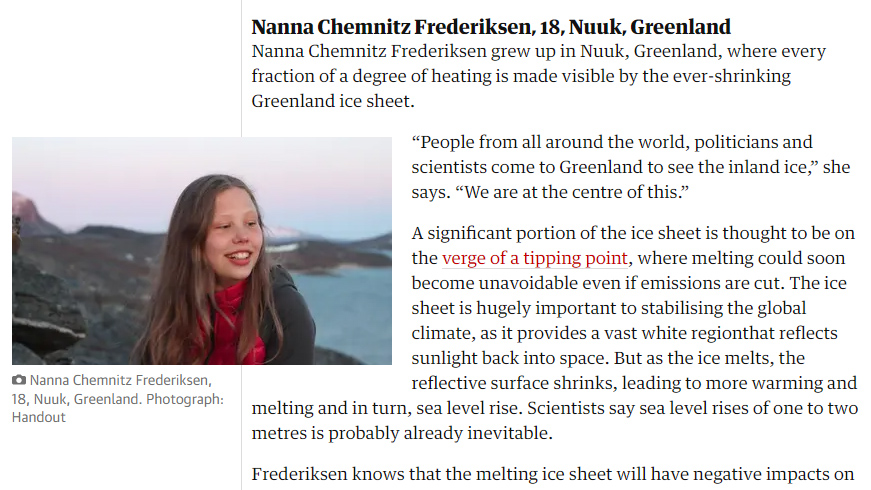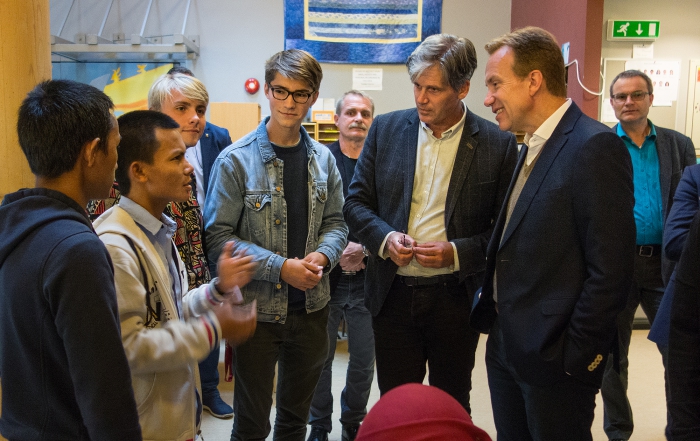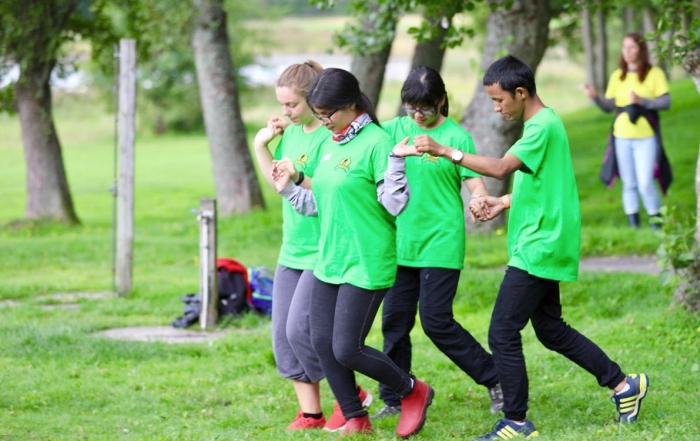“People from all around the world, politicians and scientists come to Greenland to see the inland ice,” she says. “We are at the centre of this.”
A significant portion of the ice sheet is thought to be on the verge of a tipping point, where melting could soon become unavoidable even if emissions are cut. The ice sheet is hugely important to stabilizing the global climate, as it provides a vast white region that reflects sunlight back into space. But as the ice melts, the reflective surface shrinks, leading to more warming and melting and in turn, sea level rise. Scientists say sea level rises of one to two metres is probably already inevitable.
Frederiksen knows that the melting ice sheet will have negative impacts on communities across Greenland, especially in northern settlements such as Qaanaaq where permafrost melting is destabilizing homes and roads and impacting how fishers and hunters operate.
But her real concern lies on the impact it will have globally. “I am not so scared of what the effects of the melting of ice in Greenland will be,” Frederiksen says, “It scares me what effect it can have for the rest of the world.”
Latest News
Global Climate Challenges
Climate Change Adjustment 2017, is an annual conference held for the development of responses to climate change and green technology. The conference connects the world of scientific research with Norway's political and corporate landscape for a [...]
Foreign Minister Børge Brende
Foreign Minister Børge Brende shared his thoughts about Norway's role in the world with a packed auditorium on Friday evening. While the party leaders in Norway prepared for the main TV debate ahead of Monday's [...]
Ridderdagene 2017
Nine students from the Knights EAC went to Ridderdagene with staff members Josh, Jenny and Hilde. Ridderdagene is a big, yearly event where activities are made accessible for people with disabilities. There was a bicycle [...]




